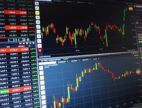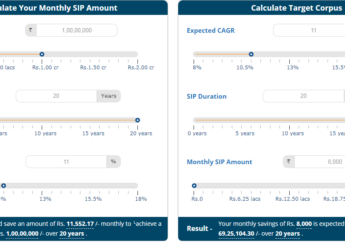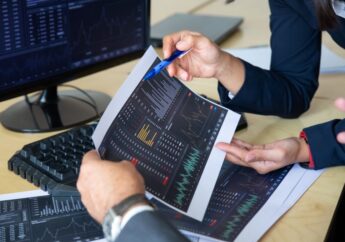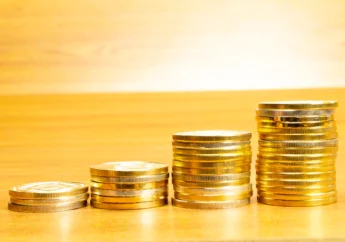How Demo Accounts can Turn You into a Forex Trading Ninja
by Abdul Aziz Mondal Investing Published on: 11 May 2020 Last Updated on: 05 May 2025
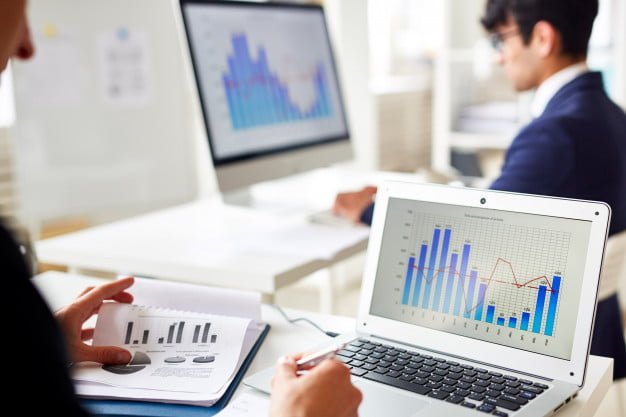
More people are trading forex than ever before, but participating in a fast-moving market that sees a turnover of $5 trillion each day can be intimidating. That’s why your first forex trading experiences should happen in the controlled environment of a Forex demo account.
Got to almost any online forex broker and within minutes you can have a demo account up and running. It’s there to be a practice setting where you can try before you trade, and simulate the real-world conditions you’ll experience later if you decide to take your trading live.
Getting the full benefit from a demo account involves more than just kicking the tires. To really understand the behaviors of markets and the mechanics of managing positions, you need to expose yourself to the broadest range of trading conditions and instruments.
Every platform provides essentially the same basic features: forex quotes/prices, functionality for buying and selling currencies, technical analysis tools, charts, news feeds, and trade history.
Some will offer additional upgrades, and the interface and functions can all be slightly different. That makes it crucial for even seasoned traders to have a hands-on trial before using a new platform to trade real money.
Here are some tips to make that trial period really pay off.
Getting the most out of your forex demo account
Target a minimum of 50 trades
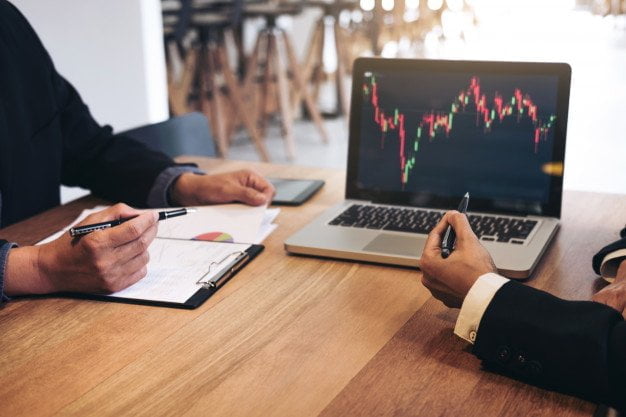
As a benchmark, you should aim to execute at least fifty demo trades on a platform before moving to live to trade. This is simply to know all the specifics around entering an order. Before putting real money on the line, a trader should be able to answer these questions with confidence:
- How do I set a limit on an order?
- How do I put a stop order in place?
- Can stops and limits both be set when I enter an order?
- What is the typical spread for this broker?
- Are the spreads variable or fixed?
- What are my options for lot size? Can I trade in increments of 100 units, 1,000 units, etc.?
- What happens to trade if my internet connection drops out?
Understand how the platform manages your tax obligations
Because forex trades happen in a global market, the rules around tax reporting to the authorities in your country of residence can differ. In some jurisdictions, brokers aren’t required to report your activities at all.
That means responsibility for tax reporting is down to you, so the trading platform you use should have reporting functions that enable you to produce detailed transaction histories that you can use to make tax submissions.
Every brokerage platform will output a transaction report, but how those transactions are organized could mean the difference between hours or minutes gathering information for your accountant.
As you progress your trading journey, it’s possible to generate thousands of trades each year. Using the demo account will tell you if the platform is capturing trades in an easy-to-understand format.
Trade like it’s real
By definition, demo trading is only a simulation, but it can help prepare you for real life. Some people can handle making a big loss calmly; others may get angry and suffer severe upset over even a small loss.
To understand your emotional reactions – and how they might impact your trading decisions – it’s essential to trade the demo account as if the money were real.
Once you’re familiar with a trading platform’s basic functionality, you should use your demo account to experiment with different strategies.
- Are you a short-term trader with a tolerance for high-leverage, who shoots for price moves of 10 to 20 pips?
- Or are you a more patient trader who favors longer-term positions and hopes to benefit from moves in the hundreds of pips?
Demo trading can help you find out.
Build a plan for trading real money
Another way to trade like its real is to make a trading plan that you would use on a live account, but try it out first on the demo account. Decide, for example:
- What are your timings? It’s best to trade in the same time slot each day to understand the rhythms and moves typically seen in that session.
- What pairs will you trade? Select a handful of markets to start with, perhaps using popular currency pairs like EURUSD or USDJPY.
- Which risk management techniques will you rely on? Know what position size suits your risk tolerance, and be clear on your criteria for closing close a trade in situations of profit or loss.
Start a trading journal to track results

Once you’ve been through the above steps, it will be time to consider taking your trading to a live account. But when should you flick the switch on trading with real money? The answer will be different for every individual, but tracking your demo trading results can help you understand how you’ve progressed, as well as the areas where you may want more practice.
Capturing your historical trading activity and results in a daily journal can hugely instructive. It will show you what your results might have been if real money has been on the line.
Market volatility means no strategy, day, or trade will ever be precisely the same. Still, tracking activity in a journal can show you the broader trend that might get lost in daily trading activity.
Moving to real-money trading
Eventually, you’ll feel confident enough to make the leap to live to trade and test your new abilities against the market.
To decide when that day will arrive, many traders set goals for themselves. It might be as simple as completing the first 50 trades, reaching 10 percent of the demo account money balance, or posting three months/one-quarter of profitable trading.
It’s also OK to ease into live trading. Trading in small amounts is the natural extension of demo trading, and even trading a few hundred dollars at a time makes the experience real.
Getting the full value out of your demo account will make it that much easier to make a seamless transition.
Read Also:



























































































